Recently the winners of Architecture at Zero 2015 were announced and awarded by PG&E and the American Institute of Architects, California Council. Now in its fifth year, this zero net energy design competition open to architecture, engineering, planning students and professionals was conceived as a response to the zero net energy (ZNE) targets set out by the California Public Utility Commission’s 2008 goal for achieving ZNE in all new residential construction by 2020 and all new commercial construction by 2030.
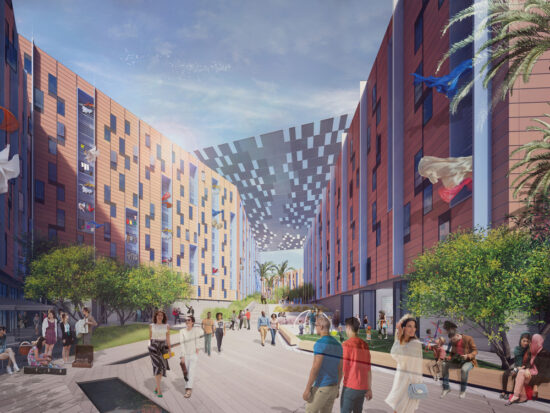
The competition site is Block 15 of the UCSF Mission Bay campus and the project goal is to develop family-style student residential units over a ground floor of community and support spaces. Each team is to propose a design that is as close to zero net energy as possible. The competition uses the Zero Net Site Energy definition – a zero net site energy building project produces at least as much energy as it uses over a year when accounted for at the site level (as defined by the boundaries of the project, whether one or multiple buildings).
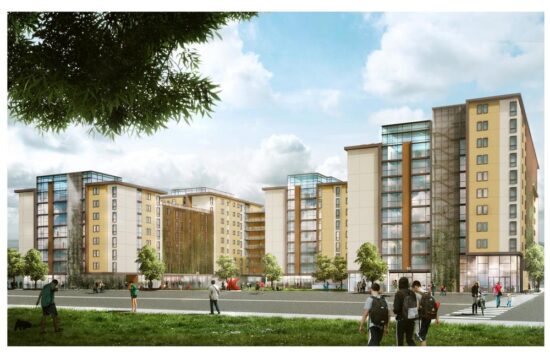
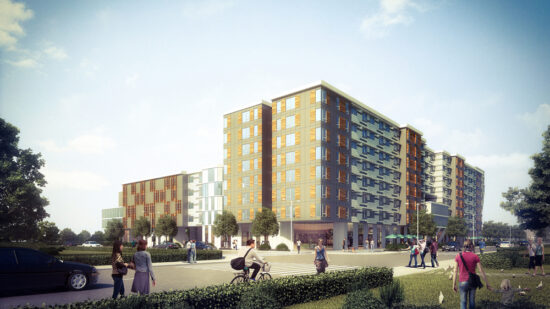
Since zero net energy is a performance-based metric measured over time, teams will need to demonstrate that their submitted design solutions have a reasonable expectation of approaching a zero net energy goal. At its most fundamental level, designing a zero net site energy building is a balancing act of reducing building loads and increasing efficiency enough to be able to produce sufficient on-site renewable energy to completely offset the remaining projected energy use over the course of a year. For this competition, “renewables” will be defined as solar power, wind power, and biomass/biofuel. Renewable generation is distinct from load reduction, and both are components of a successful zero net energy design.
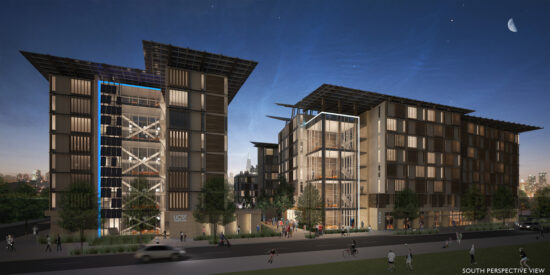
Student Citation Award Recipients:
- The “Transformer” team from the University of Cincinnati in Cincinnati, OH
- The “Breeze Block” team from Cornell University in Ithaca, NY

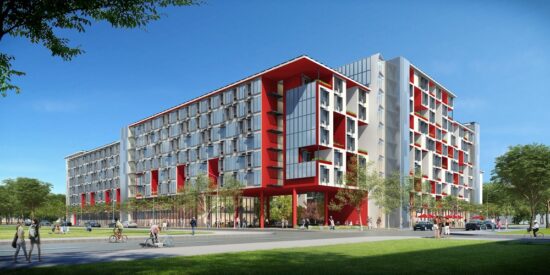
Professional Award Recipients:
- Special Recognition Award: “Zero Emission” by BAR Architects in San Francisco, CA
- Citation Award: “Alveo” by AXIS Architecture + Design and EBS Consultants in San Francisco, CA
- Honor Award: “Estuary” by MITHUN in San Francisco, CA
- Honor Award: “Conspicuous Consumption” by Weber Thompson in Seattle, WA

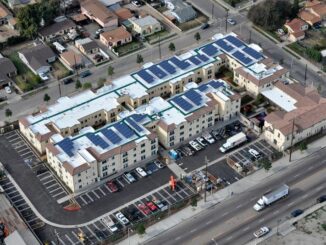

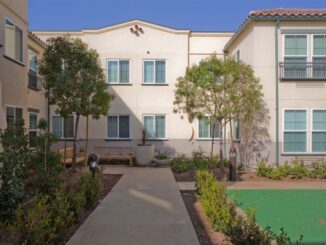
Be the first to comment